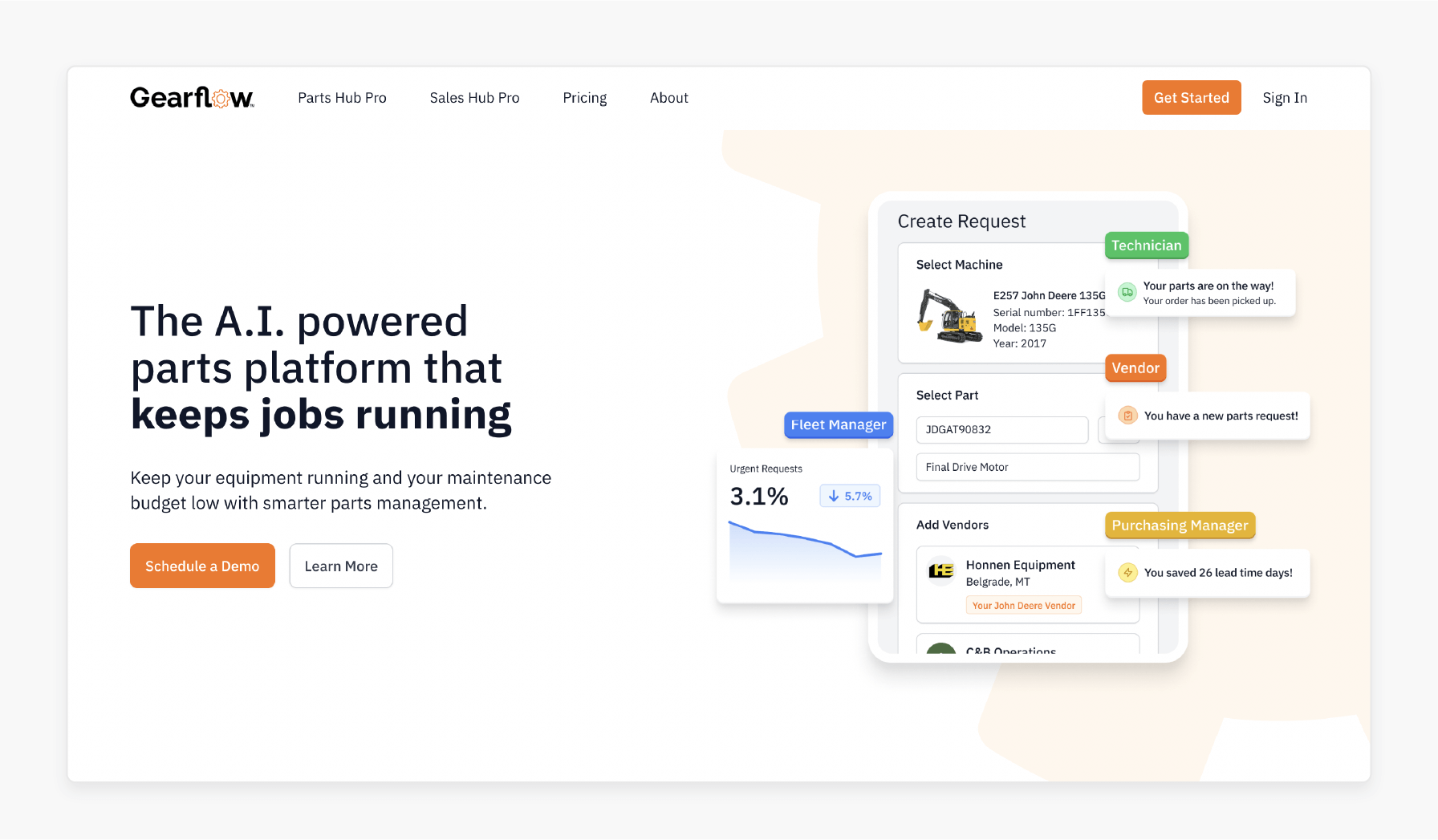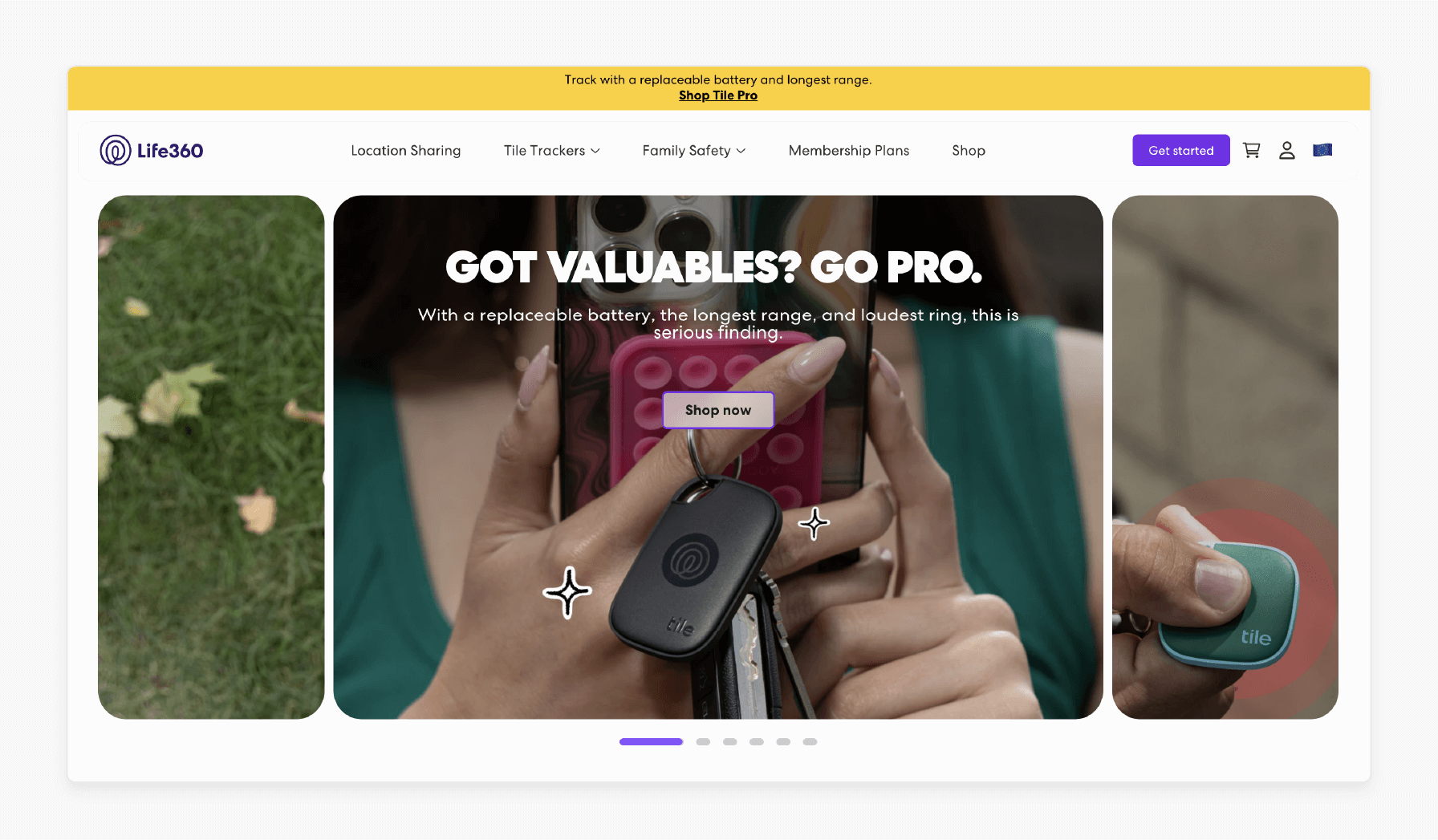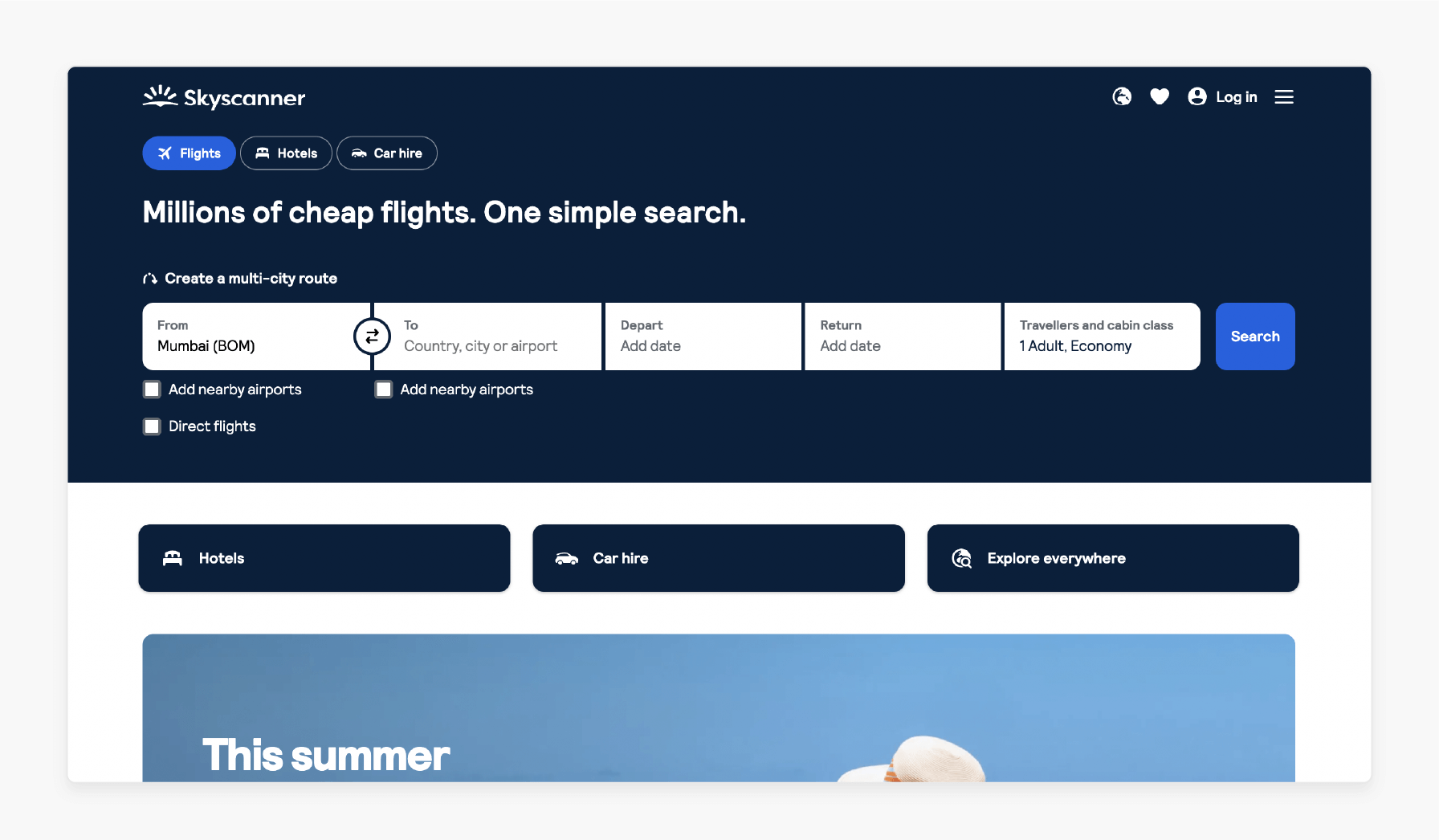
AWS Web Application Firewall for Magento Store Security
Is your Magento store protected against the most sophisticated web attacks of 2025? AWS web application firewall offers advanced protection against complex cyber threats.
The article explores the categories, features, and benefits of AWS web application firewall.
Key Takeaways
-
Magento stores face the top 3 cyber threats today.
-
7 powerful AWS WAF features help stop web attacks.
-
AWS WAF improves Magento security and traffic visibility.
-
Using AWS managed rules and bot protection offers several benefits.
-
Read real-world examples of brands using AWS WAF to protect their platforms.
What is AWS Web Application Firewall?
AWS WAF is a cloud-based security service that protects applications from internet threats.
The service allows users to track and control HTTPS requests. It depends on customizable rules. It helps prevent attacks such as SQL injection and DDoS-like traffic spikes. It is by filtering malicious requests before they reach your application.
You can use managed rules from AWS or create custom rules to meet security requirements. It integrates with services like Amazon CloudFront and API Gateway.
The security also supports rate limiting and bot control. Real-time logging and metrics offer insights into traffic patterns. It helps detect and respond to threats while ensuring application availability and performance.
3 Categories of Attacks on Magento
Attack Vectors Targeting Magento Stores
Three primary attack categories threatening e-commerce security
1. SQL Injections
-
SQL injection attacks occur when web applications execute malicious SQL statements. It targets the store’s database.
-
These attacks can avoid security controls and provide unauthorized access to sensitive data.
-
Once inside, attackers can steal customer information or delete crucial data. Magento stores are weak if user inputs are not validated or sanitized.
-
Such breaches can lead to data loss and reputational damage.
2. DDoS Attacks
-
Distributed Denial of Service attacks overwhelm web servers with massive traffic volumes. It causes downtime and makes the Magento store inaccessible.
-
In 2025, DDoS techniques have evolved. It uses methods like JA4 fingerprinting to imitate legitimate traffic.
-
AWS WAF now counters this with advanced rate-based rules that check various parameters. It helps filter malicious requests.
-
DDoS indicators include traffic spikes at unusual hours and abnormal usage patterns. It results in revenue loss and degraded site performance.
3. Cross-Site Scripting
-
XSS attacks involve injecting malicious scripts into your Magento store’s web pages. Users’ browsers execute these scripts. It enables attackers to manipulate page content or launch phishing attacks.
-
Over half of Magento attacks involved XSS. Its share has declined in 2025 due to stronger client-side controls.
-
The threat still exists, as attackers now target APIs and dynamic front-end components.
7 Features of AWS WAF
AWS WAF Security Capabilities
Seven core features providing comprehensive protection for your applications
1. Custom Rule Creation
-
AWS WAF lets you write specific rules to inspect parts of incoming web requests. These include:
1. IP addresses
2. HTTP headers
3. URI paths
4. Query strings
5. Request bodies
-
The flexibility allows you to tailor protections for your Magento store. It also protects web apps against targeted vulnerabilities or behavior patterns.
-
You can block access to admin panels unless the request originates from your office IP range.
2. Managed Rule Groups
-
AWS provides a set of managed rule groups. AWS and trusted cybersecurity vendors maintain them.
-
Updation of these rules helps detect and block known threats like:
1. SQL injection
2. Cross-site scripting
3. Remote file inclusion
4. Command injection
-
It helps save time and reduces maintenance effort while ensuring up-to-date protection.
3. Rate-Based Rules
-
These rules detect and block requests that exceed a defined threshold. These requests are from the same source.
-
Rate limiting is useful for:
1. DDoS mitigation
2. Brute-force login attempts
3. Scraping activities
-
You can match up to five conditions for more accurate threat detection. It uses JA4 fingerprinting. These conditions include geo-location and session cookies.
4. Bot Control
-
With AWS bot control, you can identify and manage bot traffic. It distinguishes between good bots like search engines and malicious bots like scrapers.
-
It helps block bad bots and rate-limit suspicious bots. It also allows traffic from known good bots.
5. IP Set and Geo-Match Conditions
-
You can allow or deny traffic based on IP addresses or country of origin. It helps block access from regions where you don’t conduct business. It also blocks access to where attacks often originate.
-
It blocks all traffic from countries with high bot traffic or cyberattack activity.
6. Real-Time Metrics & Logging
-
AWS WAF integrates with Amazon CloudWatch and Amazon Kinesis Data Firehose. It allows you to collect and analyze request logs in real time.
-
It helps in proactive threat detection and incident response. You get visibility into attack attempts and traffic trends.
7. API Protection
-
AWS WAF now includes improved support for RESTful and GraphQL APIs. You can secure endpoints against:
1. Abuse
2. Injection attacks
3. Payload tampering
-
It helps Magento or headless eCommerce architectures that rely on APIs.
5 Benefits of AWS WAF for Magento
AWS WAF Implementation Benefits
Five key advantages of implementing AWS WAF for Magento stores
| Benefit | Category | Key Features | Impact |
|---|---|---|---|
|
Protection Against Web Attacks
|
SECURITY | SQL injection, XSS, DDoS, zero-day exploits | Critical |
|
Improved Web Traffic Visibility
|
ANALYTICS | Real-time insights, geographic/device/IP analysis | High |
|
Managed Rules
|
MANAGEMENT | AWS expert maintenance, OWASP Top 10, pay-as-you-go | High |
|
Track and Block Bots
|
AUTOMATION | JA4 fingerprinting, reduced third-party costs | Medium |
|
Easy Deployment
|
OPERATIONS | One-click deployment, centralized maintenance, smooth rollouts | High |
Total Benefits
5 Key Advantages
Critical Impact
1
High Impact
3
Medium Impact
1
1. Protection Against Web Attacks
-
AWS WAF provides powerful protection against various threats targeting Magento stores. These include:
1. SQL injection
2. Cross-site scripting
3. DDoS attacks
4. Zero-day exploits
-
It supports hundreds of managed rule sets. You can deploy and update them in minutes with minimal impact on performance.
-
These rules inspect every part of a web request without adding noticeable latency.
-
The tool safeguards sensitive customer data and ensures uninterrupted store operations. It is by filtering out malicious traffic before it reaches your Magento infrastructure.
-
Integration into Amazon CloudWatch helps track traffic in real time. It also provides alerts for suspicious activity.
2. Improved Web Traffic Visibility
-
AWS WAF provides near real-time insight into the traffic hitting your Magento site.
-
You can drill down to individual request-level details and understand traffic patterns across:
1. Geographies
2. Devices
3. IP ranges
-
Detailed CloudWatch metrics and logs allow customized dashboards and automated actions.
-
Magento store owners can audit traffic and respond to threats. It is with visibility into HTTP headers and request metadata.
3. Managed Rules
AWS WAF offers pre-packaged managed rule groups that simplify web security:
-
Managed and updated by AWS security experts and third-party vendors.
-
Cover common threats like OWASP Top 10 vulnerabilities and API abuse.
-
Updated to adapt to emerging threats, reducing your security team's workload.
-
Operate on a pay-as-you-go model, helping you scale security on budget.
Combine these with rules tailored to your store’s unique behavior and risk profile.
4. Track and Block Bots
Malicious bots like price scrapers and scalpers are a major threat to Magento sites. AWS WAF enables:
-
Detailed classification of bot traffic via the bot control feature.
-
Blocking or rate-limiting bots based on JA4 fingerprinting and behavior patterns.
-
Reduced costs. No need for third-party bot protection software or custom bot filtering logic.
-
Built-in bot detection doesn’t need separate SSL/TLS certificate management.
5. Easy Deployment and Centralized Maintenance
AWS WAF offers rapid deployment and scalability:
-
It integrates with the application load balancer and Amazon API gateway.
-
Web Access Control Lists apply the rules. These manage protection across all your Magento endpoints.
-
One-click rule group deployment reduces human error. It ensures consistency across development and production.
-
Smooth rule updates support smooth rollouts of Magento application updates. It also supports new feature releases.
5 Common Challenges and Solutions of AWS Web Application Firewall
1. Complex Rule Management
Configuring and maintaining various custom rules can be overwhelming. It is especially true for large applications with dynamic traffic patterns.
Solution:
-
Use AWS Managed Rule Groups for standard protections. AWS or third parties maintain them.
-
Organize your rules into Web ACLs and use rule priority settings to avoid conflicts.
-
Use labels and scope-down statements to simplify conditional logic within rules.
2. False Positives Blocking Legitimate Users
Overaggressive rules can block genuine traffic. It causes user frustration or lost sales on Magento stores.
Solution:
-
Enable logging and sampling to track which requests are being blocked.
-
Use CloudWatch metrics and AWS WAF logs via Kinesis to fine-tune rule sensitivity.
-
Test rules in count mode before activating block actions.
3. High Latency with Large Rule Sets
Too many complex rules can increase latency or processing time. It is particularly true for global eCommerce platforms.
Solution:
-
Offload common protections to edge services like Amazon CloudFront. It helps handle traffic before it reaches the application.
-
Optimize rule sets by reordering rules based on frequency and importance.
-
Merge similar rules and avoid redundant conditions.
4. Limited Visibility Without External Tools
Users may struggle to get full visibility or actionable insights without proper integration.
Solution:
-
Use Amazon CloudWatch for real-time metrics and dashboards.
-
Enable Kinesis Data Firehose to send logs to Amazon S3 or Splunk for deeper analytics.
-
Set up SNS alerts for high-threat activity or rate-based triggers.
5. Protecting APIs and GraphQL Endpoints
Modern apps like headless Magento or mobile apps often target APIs. These are hard to secure with traditional rules.
Solution:
-
Use JSON inspection capabilities for deep analysis of API payloads.
-
Apply WAF rules to API Gateway and AppSync endpoints.
-
Combine with API Gateway throttling and authorization layers for a multi-tiered defense.
3 Real-World Use Cases of AWS Web Application Firewall
1. Gearflow

-
Gearflow uses AWS WAF to protect its e-commerce platform from common web exploits. These include SQL injections and XSS.
-
Leveraging managed rule groups and custom IP filtering improved application security. It also helped ensure performance.
-
It protects customer data and prevents cart/session hijacking. It also helps secure the checkout process.
2. Tile

-
Tile transitioned to a serverless, API-driven architecture. It used Amazon API Gateway with AWS WAF. It helped secure API endpoints from malicious inputs and abnormal access patterns.
-
They used custom rules to filter bad actors. It also ensures only valid requests reach backend services.
-
It also helps secure REST and GraphQL APIs in headless commerce platforms.
3. Skyscanner

-
Skyscanner employs AWS WAF and AWS Shield Advanced. It helps protect against DDoS attacks and application-layer exploits.
-
During traffic spikes or attack attempts, they use rate-based rules. It throttles suspicious activity without impacting real users.
-
It helps maintain high availability and uptime during attack attempts.
FAQs
1. How does AWS WAF protect Magento stores?
AWS WAF protects Magento stores by monitoring and blocking malicious HTTP traffic. It uses rule sets to identify and block common attacks like SQL injections and DDoS. AWS WAF leverages advanced features like JA4 fingerprinting to detect sophisticated bots.
2. Is AWS WAF enough to secure my Magento store?
AWS WAF provides powerful protection against web attacks. It should be part of a layered security approach. For comprehensive protection, you should also apply Magento security patches. Use secure coding practices and track logs using tools like Amazon Athena.
3. How do I optimize AWS WAF for my Magento store?
Track WAF logs to identify patterns to optimize AWS WAF for your Magento store. Use AWS WAF managed rule groups for ease of implementation. Integrate with services like CloudFront for comprehensive protection and adjust rate-based rules.
4. What are the cost considerations for implementing AWS WAF?
AWS WAF pricing depends on the number of rules you deploy and the volume of web requests. The pay-as-you-go model allows you to scale protection as your store grows. It incurs implementation costs; calculate them against the potential losses.
Summary
AWS Web Application Firewall protects applications from threats by filtering malicious web traffic. The article explores the features of the service, including:
-
Customizable rules for detailed traffic inspection, enhancing Magento store security.
-
Managed rule groups for automatic protection against common threats like XSS.
-
Rate-based rules to detect and prevent DDoS attacks and brute-force login attempts.
-
Uses bot control to distinguish and manage malicious bots versus legitimate ones.
Secure your store with AWS WAF. Pair it with managed Magento hosting for top performance and uptime.
Real-World AWS WAF Implementation Cases
Successful enterprise deployments and their specific security solutions
3
Enterprise Cases
100%
Success Rate
24/7
Protection





